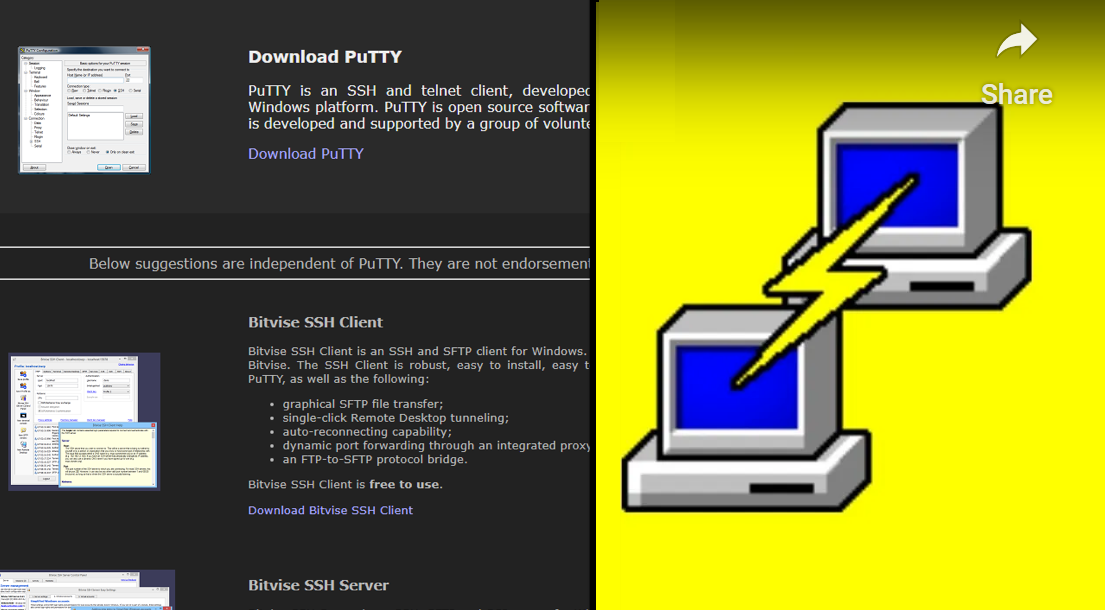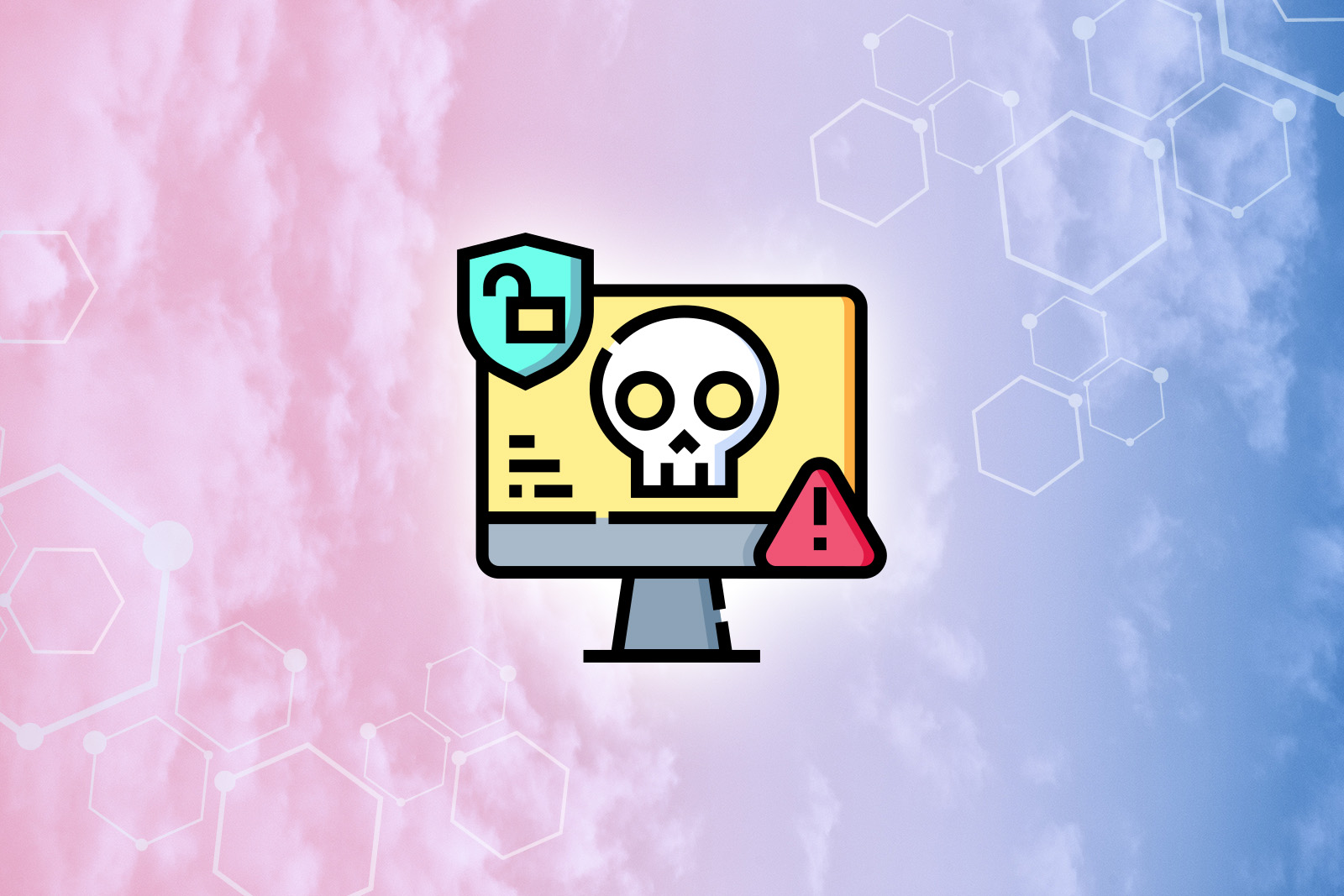While the company didn’t initially mention that CVE-2023-48788 was being used in attacks, it has since silently updated the advisory to say that the “vulnerability is exploited in the wild.”
The joint advisory from the CISA, the FBI, and the MS-ISAC, highlighted three main types of DDoS attacks public sector entities must be prepared for, including Volume-based attacks, Protocol-based attacks, and Application layer-based attacks.
Researchers disclosed vulnerabilities today that impact 3 million Saflok electronic RFID locks deployed in 13,000 hotels and homes worldwide, allowing the researchers to easily unlock any door in a hotel by forging a pair of keycards.
Henry County has been dealing with a wide-ranging cyberattack since March 18, Mat Schnepple, director of the Emergency Management (OEM) office in Henry County, confirmed to Recorded Future News.
Mozilla fixed the security flaws in Firefox 124.0.1 and Firefox ESR 115.9.1 to block potential remote code execution attacks targeting unpatched web browsers on desktop devices.
Iran-aligned threat actor TA450 is using fake salary, compensation and financial incentive emails to trick Israeli employees at multi-national organizations into clicking malicious links, according to researchers at security firm Proofpoint.
PuTTY is a very popular SSH and Telnet client for Windows used by IT admins for years. The threat actor bought an ad that claims to be the PuTTY homepage and appeared at the top of the Google search results page, right before the official website.
Talos’ analysis, in coordination with CERT.NGO, reveals that Turla infected multiple systems in the compromised network of a European non-governmental organization (NGO).
Recently, Unit 42 researchers have identified a wave of large-scale StrelaStealer campaigns impacting over 100 organizations across the EU and U.S. These campaigns deliver spam emails with attachments that eventually launch the DLL payload.
93% of IT professionals believe security threats are increasing in volume or severity, a significant rise from 47% last year, according to Thales. The number of enterprises experiencing ransomware attacks surged by over 27% in the past year.









